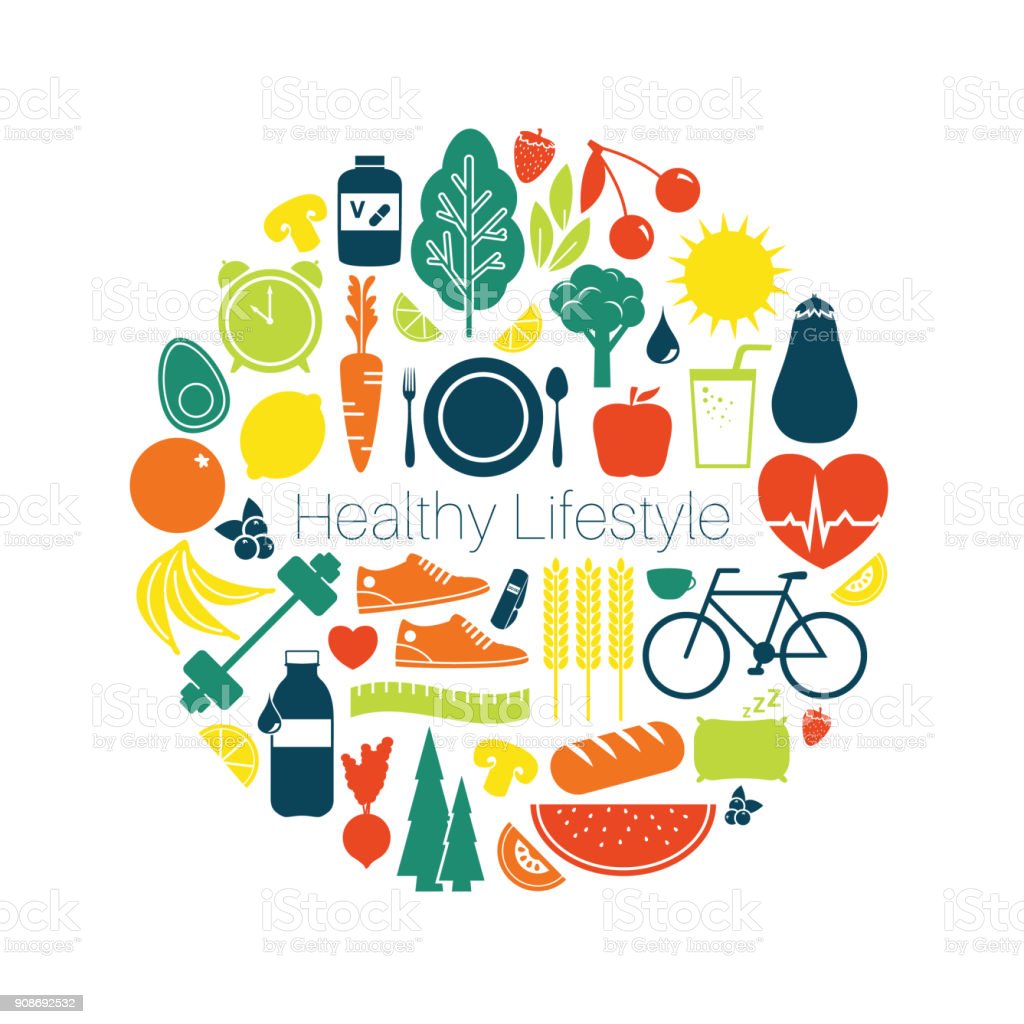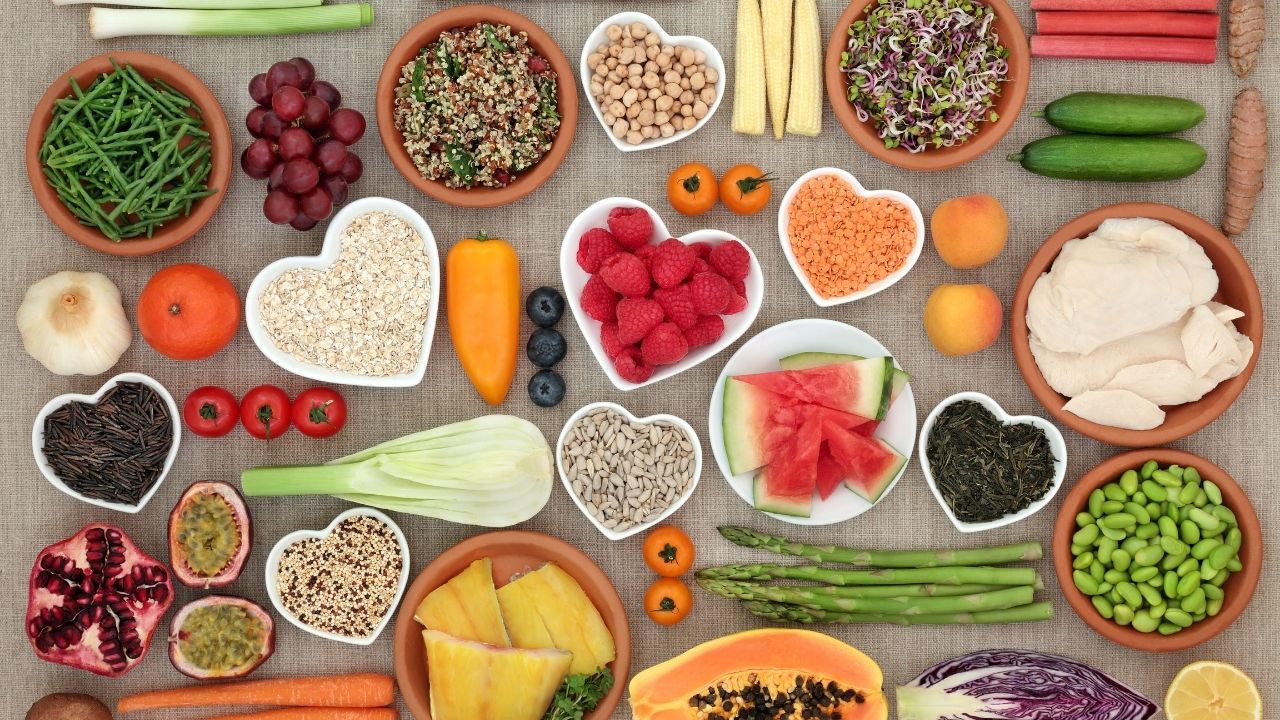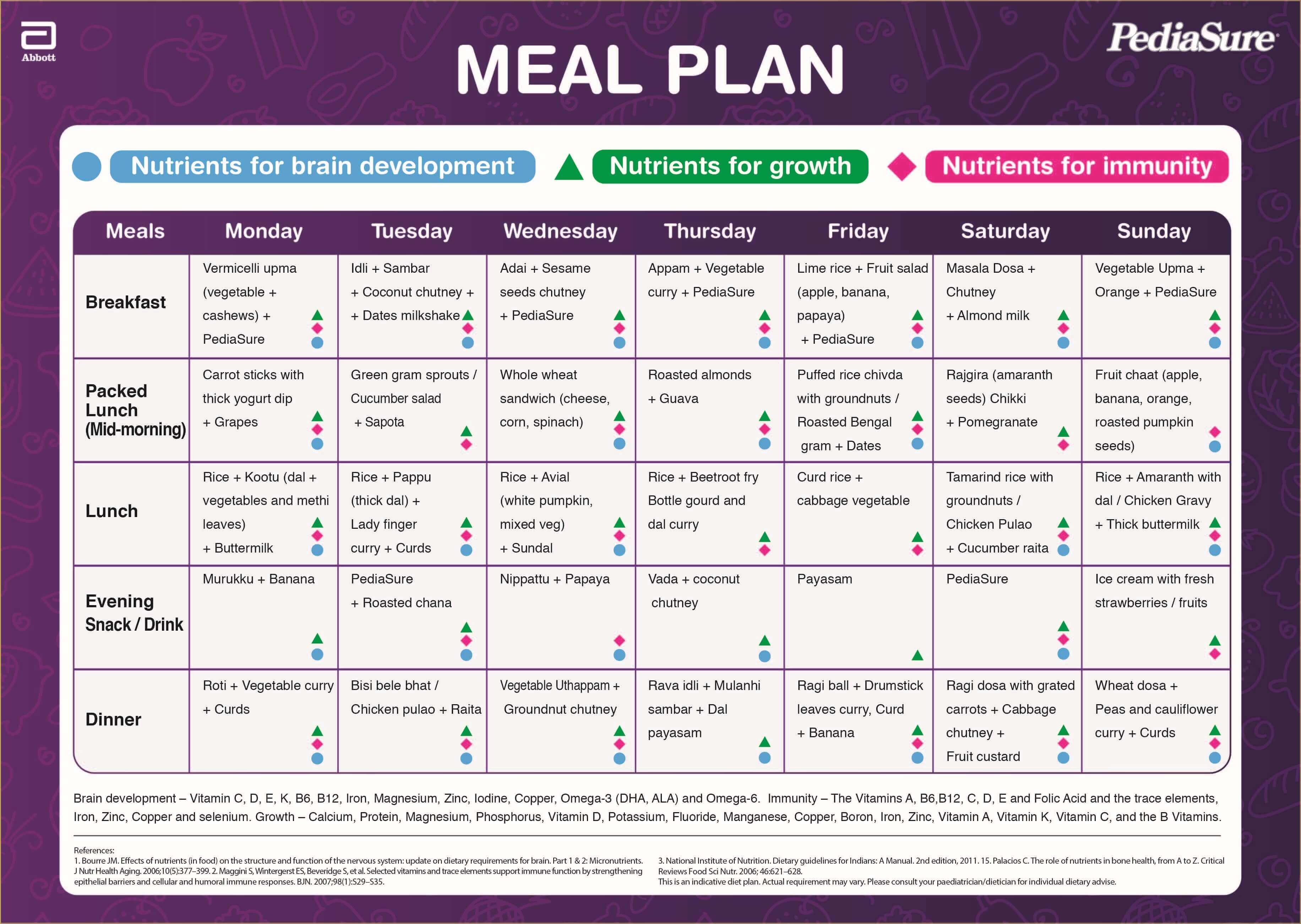
Diabetes control is the most important goal for diabetics. This can easily be achieved through diet and exercise. Blood sugar control can be achieved by oral or insulin medication. It is also important to eat three small meals a day, to regulate insulin levels. Avoid empty calories like fast foods and soda, as these can spike blood sugar. This article will tell you what simple changes can make for your health.
High-fat diets can lead to diabetes. This will raise your blood glucose level. Your glucose levels will rise if you are overweight. Overweight people are more likely to develop heart disease or cancer. A diabetic lifestyle includes eating a healthy diet that is rich in fiber, low fat, sodium, cholesterol, and physical activity. Consuming a limited amount of sugar, alcohol and processed foods is another important part of a diabetic lifestyle.

There are many methods to ensure you get enough protein in the diet. The highest quality protein is found in meat, fish and poultry. Vegetarians are also allowed to eat soy-based meat, fish, and tempeh. Healthy eating habits require a rainbow of colors. Even if dairy and meat are not your favorite foods, you need to ensure that you consume plenty of protein.
Healthy living requires a diabetic diet. People who are diagnosed with diabetes are more likely to develop heart disease, stroke, so a good diet is essential. Healthy eating habits can improve one's lifespan and reduce the likelihood of other serious health problems. By controlling your blood sugar level, you can reduce the risk of developing high blood pressure or cardiac disease. It will not impact the person’s efforts to control their disorder.
The objective of a diabetic diet, is to limit how much time someone spends sitting. This is crucial to control blood glucose levels. It may be difficult to exercise if a person has high bloodpressure. The patient will need to take medication to manage it. The average person with diabetes should not exercise for more than 30 minutes a day. Diabetes patients should avoid alcohol. A person should also eat more fruits, vegetables, and other healthy foods.

The ADA recommends a low-fat and low-sugar diabetic diet. This diet should be low in saturated fat and sugar. It is a great idea to drink 100% real fruit juice. Diabetes patients should stop drinking sugary drinks like "cocktails" or any other sugary drinks and stick to water. For diabetics, it is not a good idea to drink sugar substitutes from soft drinks. Also, diabetics need to limit the intake of saturated oils in their diet.
FAQ
What should my diet consist of?
Eat lots of fruits and vegetables. These fruits and vegetables are high in vitamins, minerals, which can help you keep your immune systems strong. They are also rich in fiber, which is good for digestion and makes fruits and vegetables filling. Aim to eat five to six servings of fruit each day.
Get plenty of water. Water flushes toxins out of the body and helps to feel full between meals. Drink about eight glasses each day.
Consume whole grains and not refined. Whole grains contain all of their nutrients, including B vitamins and iron. Refined grains have been stripped of some of their nutrition.
Avoid sugary beverages. Sugary drinks have empty calories and are a major contributor to obesity. Choose water, milk or unsweetened tea instead.
Avoid fast food. Fast food has little nutritional value. While it might taste good, it won't give your body the energy it needs to function properly. Avoid soups, sandwiches and other unhealthy options.
Try to limit alcohol intake. Avoid alcohol as it can cause empty calories and poor nutrition. Limit your intake of alcohol to two drinks per week.
Red meat should be cut down. Red meats are high-in saturated fat and cholesterol. Lean cuts of beef or pork, lamb and chicken, as well as fish, are better choices.
Take herbs and other supplements to improve your immunity
You can boost your immune function with herbs and natural remedies. Some common examples include garlic, ginger, oregano oil, echinacea, ginkgo biloba, and vitamin C.
These herbal remedies shouldn't be considered a replacement for medical treatment. They may cause side effects such as nausea, diarrhea, stomach cramps, headaches, dizziness, and allergic reactions.
What is the difference between fat and sugar?
Fat can be a source of energy that is obtained from food. Sugar is a sweet substance that can be found naturally in fruits or vegetables. Both fats (and sugars) have the same calories. However, fats contain more than twice as many calories as sugars.
Fats are stored in the body and contribute to obesity. They may cause cholesterol buildup and lead to strokes or heart attacks.
Sugars provide instant energy and are rapidly absorbed by the body. This causes blood glucose levels in the body to rise. High blood glucose levels can be dangerous because it increases the risk of developing type II diabetes.
What is the problem?
BMI is the acronym for Body Mass Index. It measures body fat based upon height and weight. Here is how to calculate BMI using the following formula.
The weight of a kilogram divided by its squared height in meters.
The result is expressed in a number between 0 - 25. A score of 18.5 or higher indicates overweight, while a score of 23 or higher indicates obesity.
A person of 100 kg with a height of 1.75m will have 22 BMI.
Statistics
- This article received 11 testimonials and 86% of readers who voted found it helpful, earning it our reader-approved status. (wikihow.com)
- Extra virgin olive oil may benefit heart health, as people who consume it have a lower risk for dying from heart attacks and strokes according to some evidence (57Trusted Source (healthline.com)
- The Dietary Guidelines for Americans recommend keeping added sugar intake below 10% of your daily calorie intake, while the World Health Organization recommends slashing added sugars to 5% or less of your daily calories for optimal health (59Trusted (healthline.com)
- According to the Physical Activity Guidelines for Americans, we should strive for at least 150 minutes of moderate intensity activity each week (54Trusted Source Smoking, harmful use of drugs, and alcohol abuse can all seriously negatively affect your health. (healthline.com)
External Links
How To
What does "vitamin" actually mean?
Vitamins are organic substances found naturally in food. Vitamins aid us in absorbing nutrients from the food we eat. Vitamins cannot come from the body so food must provide them.
There are two types: water-soluble and fat-soluble vitamins. Water-soluble vitamins dissolve quickly in water. Some examples include vitamin C,B1 and B2 vitamins (thiamine), B2 and riboflavin, B3 and B6 vitamins (niacin), folic acids, biotin, pantothenic acids, and cholesterol. The liver and fat soluble vitamins are stored within the liver and in fatty tissue. Some examples include vitamin D and E, K, A and beta carotene.
Vitamins can be classified by their biological activity. There are eight major types of vitamins:
-
A - vital for healthy growth.
-
C - essential for nerve function and energy generation.
-
D - Essential for healthy teeth and bones.
-
E - Required for good vision & reproduction
-
K - essential for healthy muscles, nerves, and bones.
-
P - vital for building strong bones andteeth.
-
Q - aids digestion and absorption of iron.
-
R – Required for the formation of red blood vessels.
The recommended daily allowance of vitamins (RDA), varies according to age, gender, physical condition, and other factors. The U.S. Food and Drug Administration has established the RDA values.
For adults over 19 years, the RDA is 400 mg per day for vitamin A. However, pregnant women need 600 micrograms per day because it is important for fetal development. Children ages 1-8 require 900 micrograms per day. Infants under one year of age require 700 micrograms per day, but this amount decreases to 500 micrograms per day between 9 months and 12 months of age.
Children between the ages 1--18 years old who are overweight or obese require 800 micrograms per Day, while those who are overweight or obese need 1000 micrograms. To meet their nutritional needs, children underweight and obese require 1200 micrograms a day.
Children 4-8 years old who have anemia must consume 2200 micrograms of Vitamin C daily.
2000 micrograms is the minimum daily intake for adults over 50 years old to maintain good health. Breastfeeding or pregnant women require 3000 micrograms per daily due to higher nutrient demands.
1500 micrograms are required daily by adults over 70 because they lose approximately 10% of their muscle each decade.
Women who are pregnant or lactating need more than the RDA. Pregnant women need 4000 micrograms per dayduring pregnancy and 2500 micrograms per day after delivery. Breastfeeding mothers need to consume 5000 micrograms every day when breastmilk has been produced.